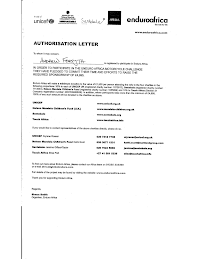Apart from those items listed as essential, please use this list as a guideline only; you really do not need to bring excess clothing unless you are planning to stay in Africa after the trip. Do not bring clothing, baggage or any equipment that you are worried about ruining, facilities are basic throughout the event and all luggage will be carried on a truck.
EssentialRecommended
- Hydration Pack (3 litre capacity). This is the best way to carry drinking water; the pack is carried in a purpose-made rucksack and the water fed through a drinking tube. This enables the rider to keep hydrated without the need to remove the helmet. The rucksack can also be used to carry small items of kit.
- Helmet. A Motocross or Enduro-style helmet is a must. These are specifically designed for off road use and have particular features that you won’t find on a full face road helmet. The peak is great as a sun shade, but its main use is to protect your eyes when the bike in front starts kicking up mud and stones – just tilt your head down. The design also allows goggles to be worn, another essential item.
- Goggles. There are many dusty and sandy trails along the route, and purpose made mx or enduro goggles are the only effective solution to protect your eyes. There may also be rain during the rally. A clear lens is definitely required, but most goggles have interchangeable lenses so a tinted lens could be carried for particularly bright days.
- Upper Body Armor. There are a few different styles of body armour available; the hard plastic ‘rooster-tail deflector’ or tabard style, the ‘all-in-one’ mesh jacket (which includes hard armour in all the vulnerable areas and a kidney belt) or separate pieces of hard armour fitted into a jacket. It is down to personal choice as to which is most comfortable. It is important that elbows, back, shoulders and chest are as well protected as possible.
- Riding Pants. Hard wearing and breathable are the important features. Motocross or enduro pants are ideal. It is essential that adequate knee protection is worn, the hard type being recommended.
- Motorcycle Boots. Off road boots are strongly recommended as they offer far better protection than road or race boots. The main sub types are Trials, Enduro and Motocross. Trials are lighter and more flexible, motocross offer more protection but are the heavier. Enduro boots may be the best compromise, but it’s really down to personal choice.
- Gloves. Very much down to personal choice. Off-road style gloves, usually synthetic in construction, are ideal as they purpose made, comfortable and cope well with the conditions en route. There are numerous river crossings and also the possibility of rain, and therefore leather is not recommended as water can weaken it considerably.
- Rain gear
- Basic first aid kit
- Antiseptic alcohol-based hand wash
- Sunscreen
- Roll/Sleeping mat
- Sleeping bag
- Sunglasses
- Bug spray
- Torch/Lantern/Flashlight
- Wash kit
- Towel
- Scarf/Bandana
- Fleece pullover
- Trainers or sandals
- T-shirts
- Casual trousers
- Swimwear
- Ear plugs
For last year’s riders: What was the most critical piece of gear that you brought (or wish you’d brought)? What should you have left behind?




1 comment:
We made heavy use of medical care but you don't need a first aid kit. We didn't need sleeping bag or roll, but it may have changed.
Post a Comment